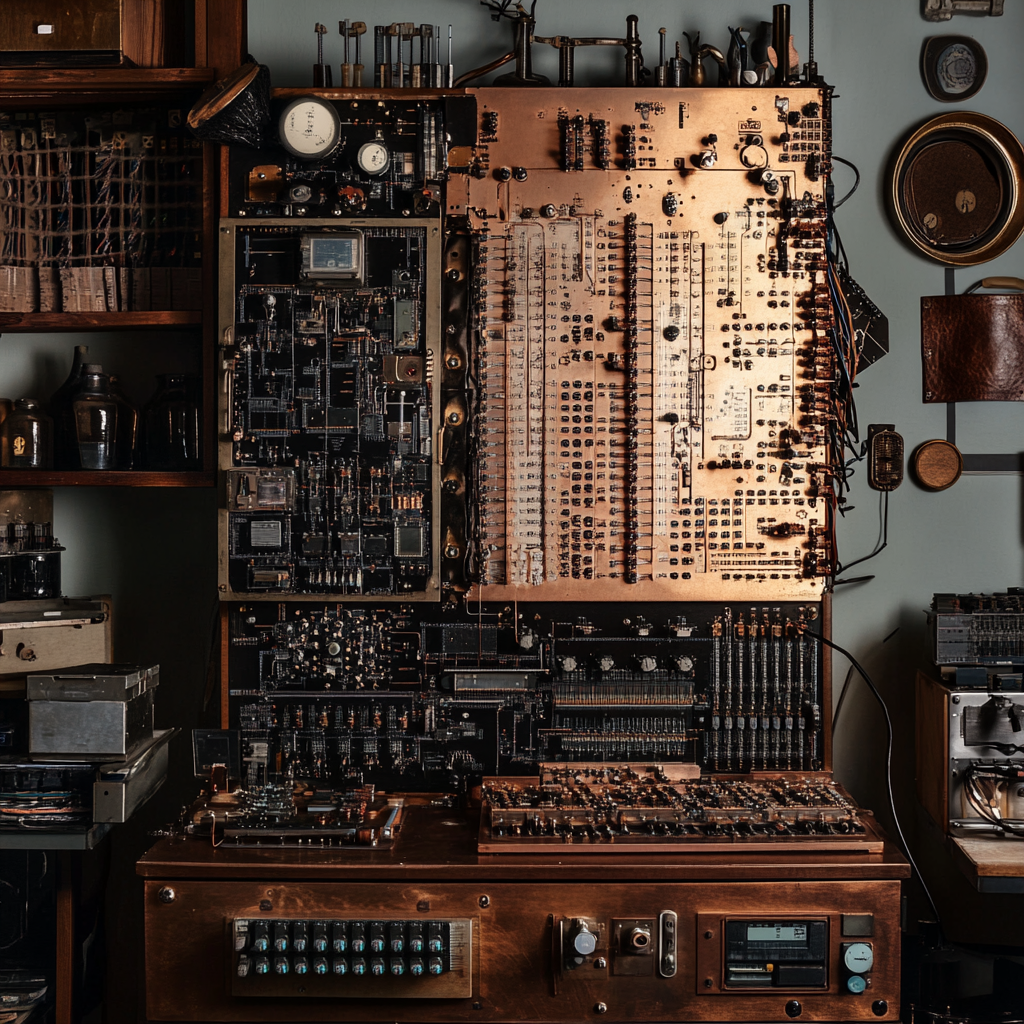Real Engineering Decisions Behind a Shipping Device
You don’t need another design firm promising pretty renders. You need a product that can ship, pass FCC, and survive a user drop test.
At Veebar, we design connected hardware for founders serious about going from proof-of-concept to manufactured units. This post breaks down actual technical decisions we make when building smart hardware — not the brochure, but what happens at the engineering level.
This is what separates demos from real devices.
1. Selecting a Microcontroller: Flash, RAM, Power Modes, and Peripheral Support
Most early-stage products die here — wrong MCU = bad power profile, bloated firmware, or limited feature scaling.
What we evaluate:
- Memory: 128KB SRAM and 1MB Flash is typical minimum for devices with BLE stack and data buffering
- Clock speed: Lower clocks (~64MHz) reduce power but limit compression/comms; higher clocks (~160+ MHz) add cost and heat
- Power states: Deep sleep current must be <5µA for battery devices — we check wake sources and time-to-wake behavior
- Peripheral map: Do you need 3+ UARTs, SPI, I2C? DMA support? Touch input? We use MCUs like Nordic nRF52, STM32L4, or ESP32 depending on need
We don’t default to Arduino. We architect based on your feature roadmap, not just MVP.
2. RF + Antenna Design: BLE That Actually Works in Enclosure
BLE is fragile. You can’t just drop a module in and expect range.
We handle:
- Antenna clearance: Minimum 6mm from metal, ideally routed toward open air
- Impedance matching: We simulate trace geometry to maintain 50-ohm impedance
- Ground plane cutouts: Proper GND plane isolation under antenna feedline
- Antenna type selection: PCB trace, chip antenna (Johanson, TDK), or external via U.FL depending on product class
- Pre-certification: Using pre-certified modules saves time, but still needs layout compliance
We RF test using simple anechoic setups or bring in certified labs pre-FCC if needed.
3. Power System: Batteries, PMICs, Charging, and Safety
One of the most critical aspects that gets hacked together in prototypes.
We engineer:
- Battery chemistry: LiPo pouch (most compact), 18650 (for swappable), or coin cells (ultra-low draw)
- Charging: USB-C with CC logic and BC1.2 compliance; charging current <1C for battery longevity
- Power path management: Smart switchover between USB + battery using PMIC (TI BQ24074, MCP73831, etc.)
- Protection circuitry: OVP, OCP, reverse-polarity, battery temp cutoff
- Measurement: Voltage divider + filtering + ADC to estimate SoC (or use fuel gauge IC like MAX17048)
No LiPo-based device should ship without full power protection and thermal analysis. Period.
4. PCB Layout & Layer Stack: EMC, Grounding, and Testability
Designing a PCB for real production means:
- Layer stack: 4-layer minimum for routing complex digital + analog + RF sections
- Separation: Ground pours for analog/digital domains; RF isolation zones
- Decoupling: Cap values selected per datasheet ESR specs, placed <1mm from IC power pins
- Test pads: For UART, SWD, and power — required for in-line flashing and QA
- EMI/ESD: TVS diodes on USB/data lines, series resistors for edge rate control
We route using Altium or KiCad (HDI and impedance-controlled when needed) — and always DFM-check for assembly readiness.
5. Embedded Firmware: Drivers, Power Management, and OTA
We don’t write logic in Arduino. We write real-time firmware that manages timing, events, and safety.
Firmware layers include:
- Hardware abstraction layer (HAL): DMA-based sensor reads, power gating control
- Event handler: Finite state machine for device behavior
- BLE stack: GATT characteristic handling, connection timeout, pairing security
- Sleep logic: RTC interrupts, sensor thresholds for wake-on-event
- Bootloader: DFU (Device Firmware Update) support over BLE or serial — with rollback safety
- Watchdog timer: Reset-on-failure + error log flash dump
All code is structured for CI/CD build, regression test, and field reliability.
6. Enclosure Design: Tolerances, Material Selection, and Internal Layout
Industrial design is only real if it’s manufacturable.
We handle:
- Tolerancing: Press-fit for internal PCBs; IP67 gaskets if needed
- Bosses, ribs, draft angles: For injection moldability
- Internal layout: Antenna line of sight, thermals, assembly steps
- Material selection: PC+ABS for general use, PA6 for high-temp, TPU for seals
- Fasteners: Designed for torque + cycle count; thread-forming vs inserts
We prototype via SLA, FDM, and DMLS (metal) depending on device needs. All final models are built with DFM and BOM sourcing in mind.
7. Integration Testing + Pre-Cert
Before anything ships, we test:
- Functional stress: Sensor noise across voltage levels, RF behavior under load
- Battery longevity: Full discharge/charge cycles, SoC drift over time
- Thermal mapping: Under continuous use
- BLE regression: Concurrent connection handling, packet loss, iOS/Android edge cases
- Firmware fault cases: ESD-induced resets, memory leaks, bad flash writes
And if we’re pushing to production:
- FCC/CE prep
- BOM finalization with sourcing risk
- Assembly line test fixtures
- Programming jigs + golden firmware
This Is What We Do
You don’t need a team of 6 vendors.
We handle every layer — electrical, mechanical, firmware, and systems thinking — to take your concept to a device that passes testing, scales to thousands of units, and doesn’t fall apart in the field.
📩 Contact us to talk to our product engineering team. You’ll walk away with clarity, not pitch decks.





